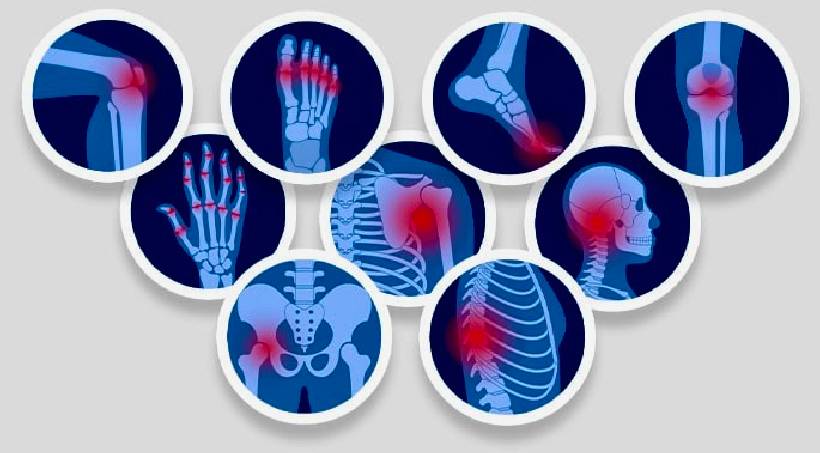Pain Management

Pain Management: Treatment of Chronic Pain
Chronic pain is a persistent condition that lasts for weeks, months, or even years. Unlike acute pain, which is a normal response to injury or illness and resolves as the body heals, chronic pain persists beyond the typical recovery period. It can affect anyone and is often debilitating, interfering with daily life, work, and mental well-being. Effective pain management is essential to help patients regain control, improve functionality, and enhance quality of life.
What Is Chronic Pain?
Chronic pain is defined as pain that lasts for 12 weeks or more, even after the original cause of the pain has been treated. It may stem from a variety of causes, including:
Arthritis and joint disorders
Nerve damage (neuropathy)
Back and neck problems
Fibromyalgia
Post-surgical pain
In many cases, the pain is accompanied by fatigue, mood changes, sleep disturbances, and reduced physical activity, which together create a cycle that’s hard to break without targeted treatment.
Goals of Pain Management
The main goals of chronic pain management are:
Reducing Pain Severity: Completely eliminating pain may not always be possible, but reducing it to a manageable level is a key goal.
Improving Functionality: Helping patients resume their daily activities, including work and exercise.
Enhancing Mental Health: Addressing anxiety, depression, or other mental health conditions associated with chronic pain.
Minimizing Side Effects: Using treatments with the least amount of risk and adverse effects.
Treatment Approaches
Chronic pain treatment often requires a multidisciplinary approach that combines medical, physical, psychological, and sometimes surgical interventions. Below are common treatment methods:
1. Medications
Analgesics: Such as acetaminophen or NSAIDs for mild-to-moderate pain.
Antidepressants: Some types (like amitriptyline or duloxetine) help manage certain types of chronic pain.
Anticonvulsants: Used for nerve pain (e.g., gabapentin or pregabalin).
Topical agents: Creams or patches like lidocaine or capsaicin.
Opioids: Reserved for severe pain, prescribed with caution due to the risk of addiction and tolerance.
2. Physical Therapy
A customized exercise program helps improve strength, flexibility, and endurance, while reducing pain over time. Techniques may include:
Stretching and strengthening exercises
Heat/cold therapy
Massage therapy
Ultrasound and electrical stimulation
3. Interventional Procedures
When conservative treatments are ineffective, pain specialists may recommend:
Nerve blocks
Epidural steroid injections
Radiofrequency ablation
Spinal cord stimulation
Trigger point injections
These techniques can provide longer-lasting relief, especially for back, neck, and nerve-related pain.
4. Psychological Therapies
Chronic pain affects both the body and the mind. Cognitive Behavioral Therapy (CBT) and other counseling techniques can help patients:
Develop coping strategies
Address emotional distress
Reduce pain perception
Improve sleep and mood
Mindfulness, relaxation techniques, and biofeedback are also beneficial tools in comprehensive pain care.
5. Lifestyle and Complementary Therapies
Lifestyle changes play a vital role in managing pain:
Chiropractic care
Yoga and meditation
These holistic approaches often work best in combination with medical treatments.
Importance of a Personalized Pain Management Plan
No two individuals experience pain the same way. That’s why pain management must be personalized, taking into account:
The source and severity of pain
Patient’s medical history
Co-existing conditions (like diabetes or depression)
Response to previous treatments
Lifestyle and personal goals
A pain specialist will assess these factors to create a tailored plan that adapts over time.
When to See a Pain Specialist
You should consider consulting a pain management specialist if:
Your pain persists for more than 3 months
Over-the-counter medications offer limited relief
Pain is affecting your work, relationships, or mental health
You’ve been diagnosed with a chronic condition like arthritis, fibromyalgia, or nerve pain
Early intervention can prevent the pain from worsening and improve long-term outcomes.
Conclusion
Chronic pain is a complex condition that requires comprehensive, long-term management. With advances in medicine and a multidisciplinary approach, patients can find relief and reclaim their lives. At our clinic, we are dedicated to delivering personalized, compassionate care to help you manage pain and restore your quality of life.
